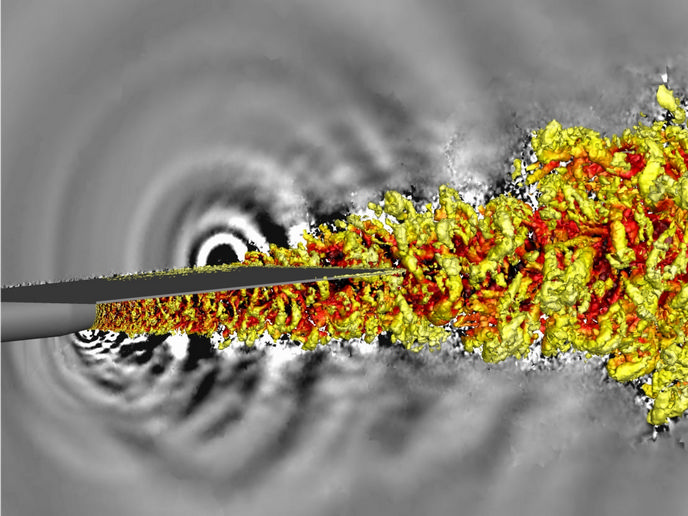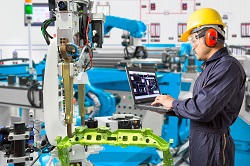The whole is more than the sum of the parts when it comes to aircraft noise emissions
In a little more than a century, the world went from the first successfully powered plane to more than 400 departures per hour globally(opens in new window), transporting more than 10 million passengers per day and millions of tonnes of freight. In addition to the huge number of flights, aeroplanes have become larger and more powerful. Aircraft engine noise, particularly during take-off when aeroplanes are at full thrust flying at low altitudes, has become a significant environmental and political issue – airlines must now pay landing and take-off fees based on the noise pollution of an aeroplane. Innovative noise suppression techniques and technologies are urgently needed. Meeting noise reduction targets for quieter and greener aircraft cannot be done by modelling the engine/nozzle and airframe separately, yet research into airframe-engine interactions has been limited. The EU-funded DJINN(opens in new window) project addressed this knowledge gap with computational methods and new small-scale experimental setups.
The coupled aerodynamics-aeroacoustics of jet-wing interactions
Aircraft noise emissions have been increasing, while simultaneously, urbanisation means more and more people now live in the vicinity of airports. This is further complicated by newer higher-efficiency engines designed to decrease fuel burn and greenhouse gas emissions; mounted closer to the wing, the interaction between the aircraft wing and the engine exhaust (jet) makes them noisier. “DJINN’s advanced computational fluid dynamics (CFD) simulation tools for coupled aerodynamics-aeroacoustics focused on jet-wing interactions. We conducted a combined theoretical and experimental campaign to enhance understanding of the underlying physical processes and design improved noise suppressing geometries and technologies,” explains Werner Haase of CFD Software Development and Research(opens in new window) and DJINN project coordinator.
Promising noise reduction approaches on the horizon
Among the many outcomes, two porous wing flaps consisting of porous aluminium casts were tested and shown to enable a predicted noise reduction of about seven decibels (broadband). Given that recommended noise levels are approximately 40-45 decibels(opens in new window), a seven-decibel change would have an important impact. Turbulence amplification can occur in areas of boundary layer interactions such as the area of the exhaust jet and wing. “An ambitious, high-risk/high-gain research project was undertaken, namely control of broadband turbulence and jet-flap interaction noise. The outcomes showed that control of turbulence-amplifying flows at high Reynolds numbers is possible,” notes Haase. Finally, the project’s goal of resolving high-frequency noise has been achieved, leading to Strouhal numbers (a dimensionless quantity used in fluid dynamics to characterise oscillatory flows) of around 10. This paves the way towards the use of the advanced methods for noise simulation in industry despite the greater computational load. The openly available generic test cases for a jet in isolation and an installed jet (jet plus main aircraft wing) can be downloaded(opens in new window) from the DJINN project website.
Less noise for citizens, greater competitiveness of EU industry
DJINN’s collaboration between research partners and industry including SMEs successfully delivered new noise reduction technologies. These will be essential to both reducing the environmental impact of the aerospace sector and to improving the quality of life of those living near airports. Furthermore, the technologies together with the improved numerical simulation tools that consider critical interactions will increase Europe’s innovation potential in aeronautics, strengthening its competitive position.







